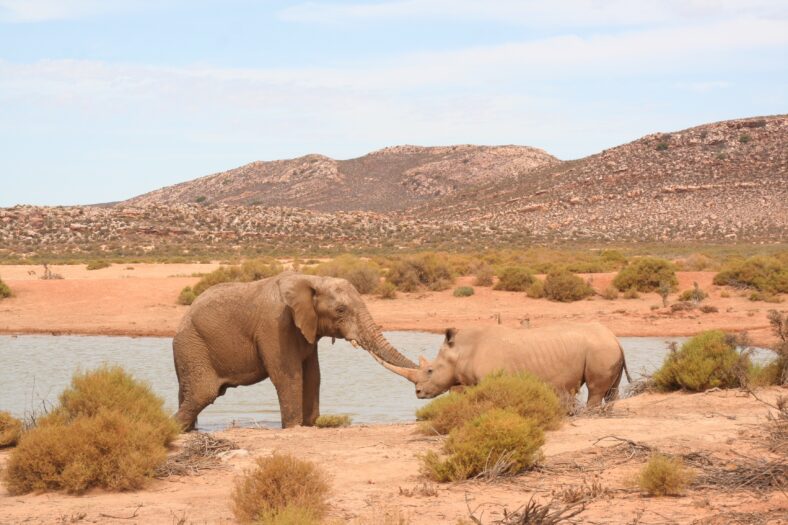11 Million Years Ago, Creatures Like Rhinos, Elephants, And Antelopes Lived In Texas

Around 11 million years ago, a variety of prehistoric animals lived in Texas. Among the creatures were alligators, antelopes, rhinoceros, and elephant-like mammals with long trunks and tusks, causing researchers to refer to the ancient landscape as “Texas Serengeti.”
Little was known about these animals until the Great Depression when the government created the Works Progress Administration (WPA). About 8.5 million people were employed by the WPA to reduce unemployment rates.
Some were hired as amateur fossil hunters and were paid $0.20 an hour to dig up bones. As part of a project under the State-Wide Paleontologic-Mineralogic Survey funded by the WPA, civilian workers excavated nearly 4,000 specimens between 1939 and 1941 from sites near Beeville, a city located about 90 miles southeast of San Antonio.
They date back to the Miocene, a period that lasted from about 23 million to five million years ago. There were 50 species of fossil vertebrates, including five species of fish, two birds, seven reptiles, and 36 mammals.
“It’s the most representative collection of life from this time period of Earth history along the Texas Coastal Plain,” said Steven May, the lead author of the study and a researcher from the Jackson School of Geosciences at the University of Texas.
The fossils were kept in storage at the University of Texas at Austin for more than 80 years. Finally, a study conducted in 2019 assessed the vast collection, revealing a previously unknown genus of gomphothere, an extinct elephant relative with a lower jaw shaped like a shovel.
The collection also held the oldest alligator fossil and extinct dog relative in North America. In addition, the researchers discovered 12 types of horses, rhinos, rodents, camels, and five species of carnivorous mammals that were likely the ancestors of modern dogs.
They all trekked across what is now the Texas Gulf Coast around 11 million to 12 million years ago. At the time, the environment featured woodland and grassland with wide floodplains and rivers.
One of the sites that was excavated during the Great Depression was near Beeville, on a ranch owned by John Blackburn.

“We’re thrilled to be a part of something that was started in 1939,” said Blackburn. “It’s been a privilege to work with UT and the team involved, and we hope that the project can help bring additional research opportunities.”
Most of the fossils gathered during the old survey were of larger specimens, such as skulls and tusks. This is because the fossil hunters were not formally trained and ignored a lot of the smaller bones they encountered.
The authors of the study used aerial footage and notes from the survey program to track down the original excavation sites.
Then, they returned to the sites to see what they could scavenge. For instance, tiny mouse bones might seem insignificant, but they can provide insight into the ancient ecosystem.
The study was published in Palaeontologia Electronica.
More About:News





